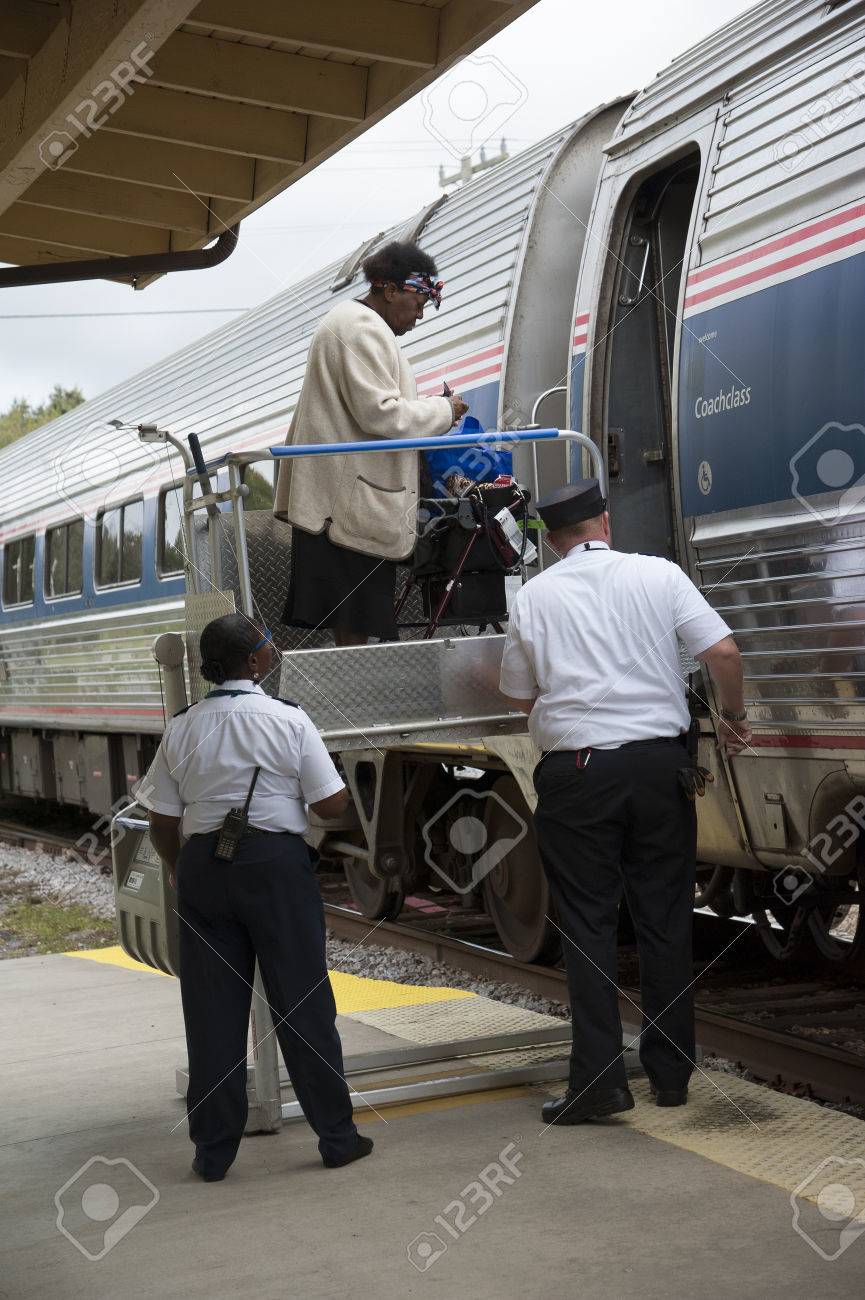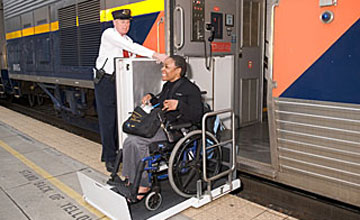If it is a bridge plate type boarding ramp in use, there is little likelihood of a problem. There really isn't anything to go wrong. Probably, no will even look twice while the chair and passenger goes aboard. Lifts represent a whole different level of complexity, because they use gear, pulley, or hydraulics to multiply force. If a lift fails, it is possible to get stuck, that can't happen on a ramp. That is part of the reason we are living in a world of (mostly) low floor buses with simple ramps vs the lifts need for high floors. Can't really avoid it on a single level car at a low platform, or on a coach style bus, but wherever possible they try to keep it simple. That being said, it is the manufacturer's rating that rules, not the safety margin. Some of these devices can even be 10-1. Which would be 6000 lbs breaking point. Does that mean that anyone in their right mind would let someone on with a 1000 pound load? If a lift jammed and the person was stuck on it, the operator would be at fault, even if they were just trying to "do the right thing" It would be unfortunate if someone were denied boarding in that situation, but somebody following the established regulation would not be out of line. Not worth getting fired or sued.






